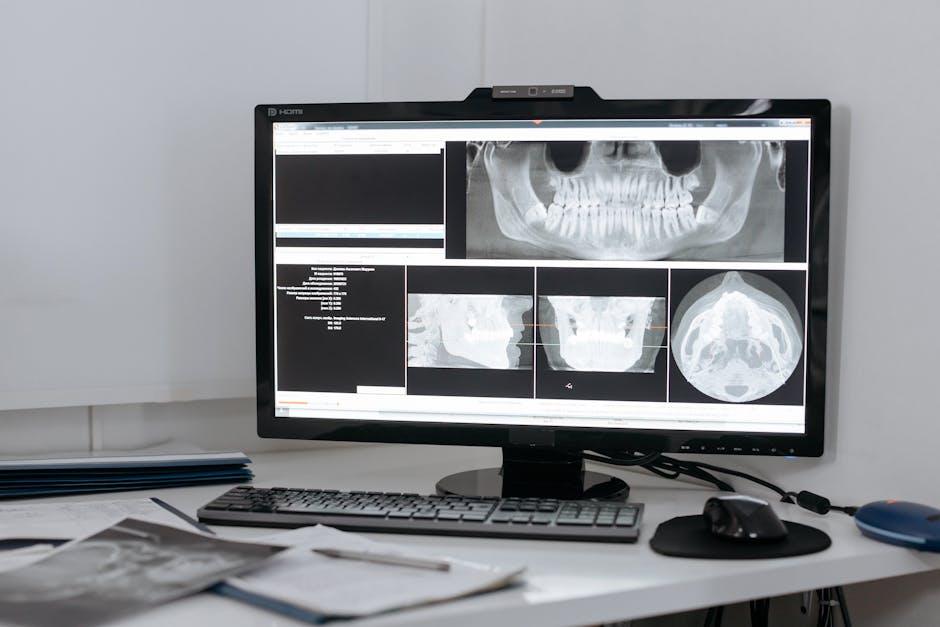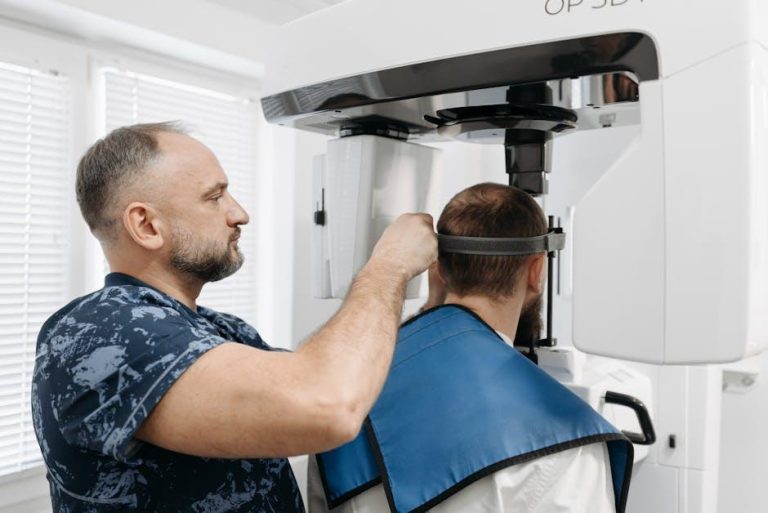
Dental Imaging Tech Boom: AI & 3D Scanners Reshaping the $6B Market – PR Newswire
The dental industry is on the brink of a revolutionary transformation thanks to rapid advancements in dental imaging technologies. According to recent reports from PR Newswire, the dental imaging technology market is projected to experience explosive growth, currently valued at over $6 billion. At the heart of this boom are groundbreaking innovations such as Artificial Intelligence (AI) and 3D scanners, which are not just enhancing diagnostic accuracy but also changing how dental care is delivered worldwide.
Understanding the Dental Imaging Technology Market
Dental imaging technology encompasses a range of digital tools used by dental professionals to visualize the inside of a patient’s oral cavity accurately. These include 2D X-rays, Cone Beam Computed Tomography (CBCT), intraoral cameras, and increasingly popular 3D scanners integrated with AI-based software. These tools help improve diagnosis, treatment planning, and patient outcomes.
| Segment | Technology | Market Impact |
|---|---|---|
| 3D Scanners | Intraoral Scanners, CBCT | Enhanced precision, Faster procedures, Patient comfort |
| AI Integration | Image analysis, Diagnostic assistance | Improved accuracy, Predictive analytics, Workflow automation |
| Traditional Imaging | Digital X-rays, Panoramic Imaging | Baseline diagnostics, Widely used |
How AI is Revolutionizing Dental Imaging
Artificial Intelligence is a game-changer in dentistry, offering remarkable improvements in imaging diagnostics. AI algorithms are trained on vast datasets to identify early signs of dental issues such as cavities, bone loss, tumors, and more. Here’s how AI reshapes dental imaging:
- Automated Image Analysis: AI reduces human error by analyzing X-rays and 3D scans with greater precision.
- Early Detection: It identifies potential problems earlier, improving preventive care.
- Custom Treatment Planning: AI suggests personalized approaches based on imaging data and patient history.
- Workflow Efficiency: By automating routine image reviews, dental professionals save time and can focus on patient care.
The Rise of 3D Scanners in Dentistry
3D dental scanners capture detailed and accurate images of a patient’s teeth and oral structures. Unlike traditional imaging, 3D scanners provide a complete spatial view which helps in a variety of dental procedures including orthodontics, implant planning, and restorative treatments. Benefits of 3D scanners include:
- Non-invasive and comfortable for patients
- Instant digital impressions and data transfer
- Improved precision reduces adjustments and remakes
- Integration with CAD/CAM systems for manufacturing crowns, bridges, and dentures
Market Growth Drivers & Industry Trends
The $6 billion dental imaging market growth is fueled by multiple factors:
- Increasing demand for minimally invasive dentistry: Digital imaging supports less invasive diagnostic and treatment methods.
- Technological advancements: Continuous innovation in AI, machine learning, and scanning hardware.
- Rising elderly population: Older adults need more specialized oral care, driving need for precise imaging.
- Growing awareness among dental professionals: Adoption of digital dentistry practices calls for advanced imaging modalities.
Case Study: Transforming Clinical Practice with AI & 3D Scanning
At the SmileBright Dental Clinic in California, integrating AI-powered 3D scanners has led to tangible improvements. Within six months, the clinic reported:
- 30% reduction in diagnostic errors through AI-assisted image analysis.
- 40% faster treatment planning, thanks to instant 3D impressions.
- Improved patient satisfaction because of comfort and streamlined appointments.
Practical Tips for Dentists Adopting New Imaging Technologies
Embracing AI and 3D scanners can seem daunting at first. Here are some practical tips for dental professionals planning to integrate these technologies:
- Start with Training: Prioritize staff education and certification programs to ensure smooth adoption.
- Choose Compatible Systems: Select imaging devices that easily integrate with your existing dental software and practice management systems.
- Focus on Patient Communication: Use digital images and scans to visually explain conditions and treatment plans, increasing patient trust.
- Monitor ROI: Track efficiency gains and patient outcomes to evaluate technology impact.
- Stay Updated: Dental imaging tech evolves rapidly; continuous learning and upgrades are essential.
The Future Outlook: What to Expect Next in Dental Imaging
Looking ahead, the dental imaging technology market is expected to exceed $10 billion within the next five years. Innovations on the horizon include:
- AI-powered predictive analytics: Forecasting dental health trends and personalized prevention strategies.
- Augmented reality integration: Enhancing real-time imaging-guided dental surgeries.
- Portable dental imaging units: Expanding access to remote and underserved areas with mobile clinics.
- Advanced biometrics: Using imaging combined with genetic data to tailor treatments uniquely.
Summary Table: AI & 3D Scanners Impact Overview
| Technology | Key Benefits | Market Impact |
|---|---|---|
| AI Imaging Analysis | Accuracy, Speed, Early Detection | Accelerated adoption, Higher diagnostic confidence |
| 3D Dental Scanners | Precision, Patient Comfort, Digital Integration | Expanded use, Better prosthetics fit |
| CBCT & 3D CBCT | Detailed bone & soft-tissue imaging | Improved surgical outcomes, Implant planning boom |
Conclusion
The dental imaging technology market is undergoing a significant shift, fueled by AI and 3D scanning innovations that are improving diagnostic accuracy, patient experience, and overall clinical outcomes. As reported by PR Newswire, this technology boom is set to elevate the $6 billion dental imaging sector to unprecedented heights. Dentists and dental clinics that embrace these transformative tools stand to gain a competitive edge by delivering smarter, faster, and more personalized care. Staying informed and adopting best practices around AI and 3D technology is no longer optional, but essential for those aiming to lead in modern dentistry.
If you are a dental professional or an industry stakeholder, this is the perfect time to explore the potential of AI and 3D dental imaging to revolutionize your practice and enhance patient care.


